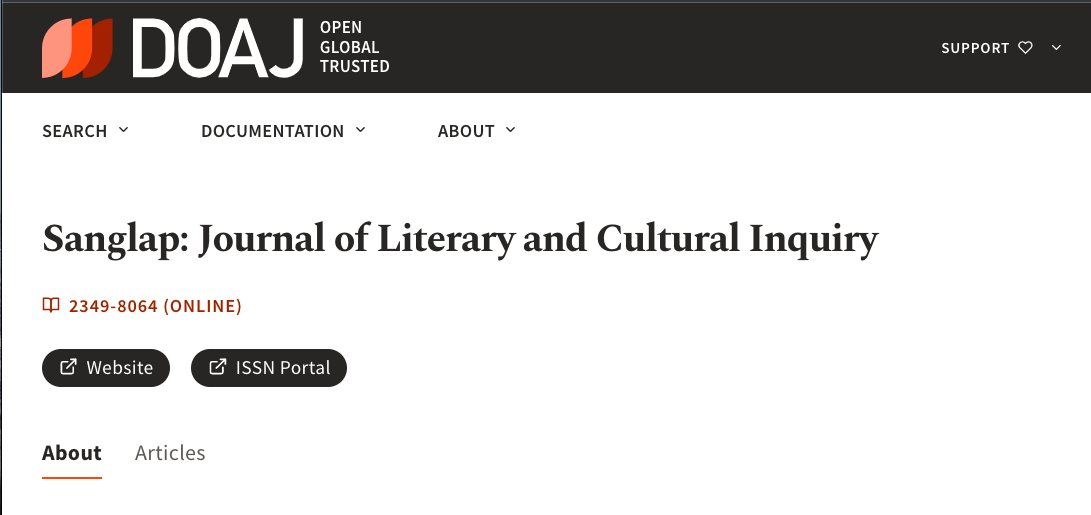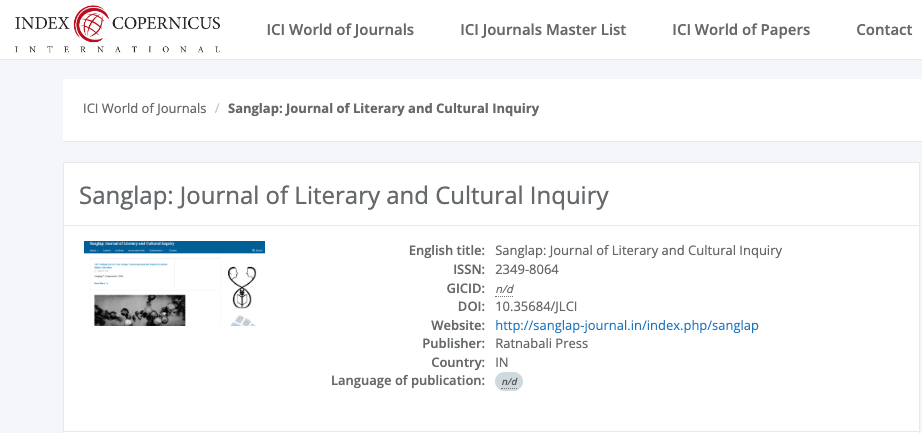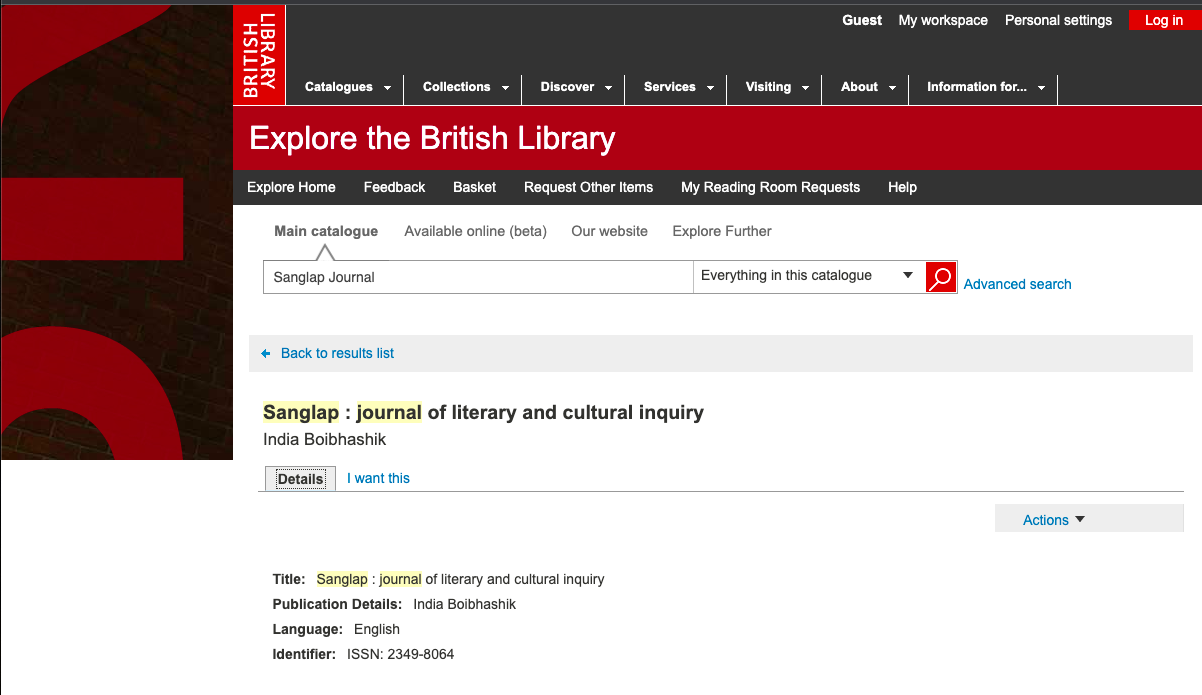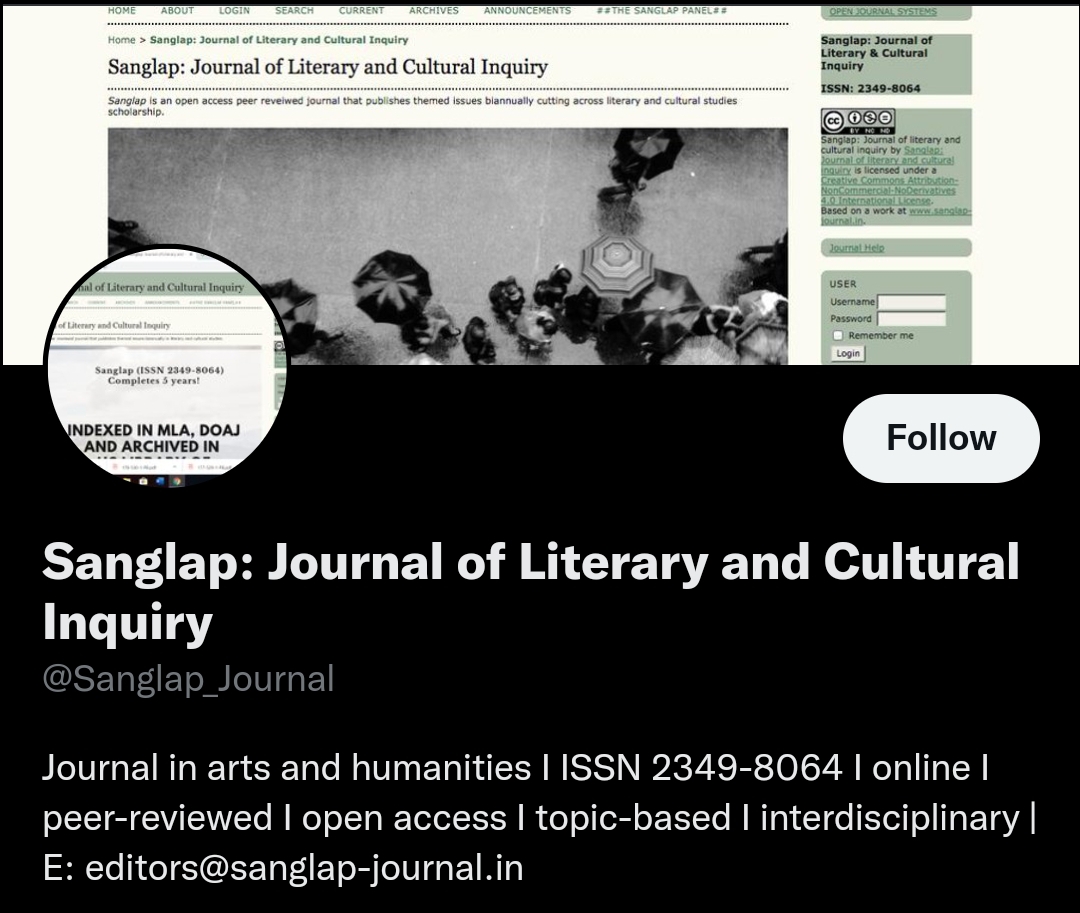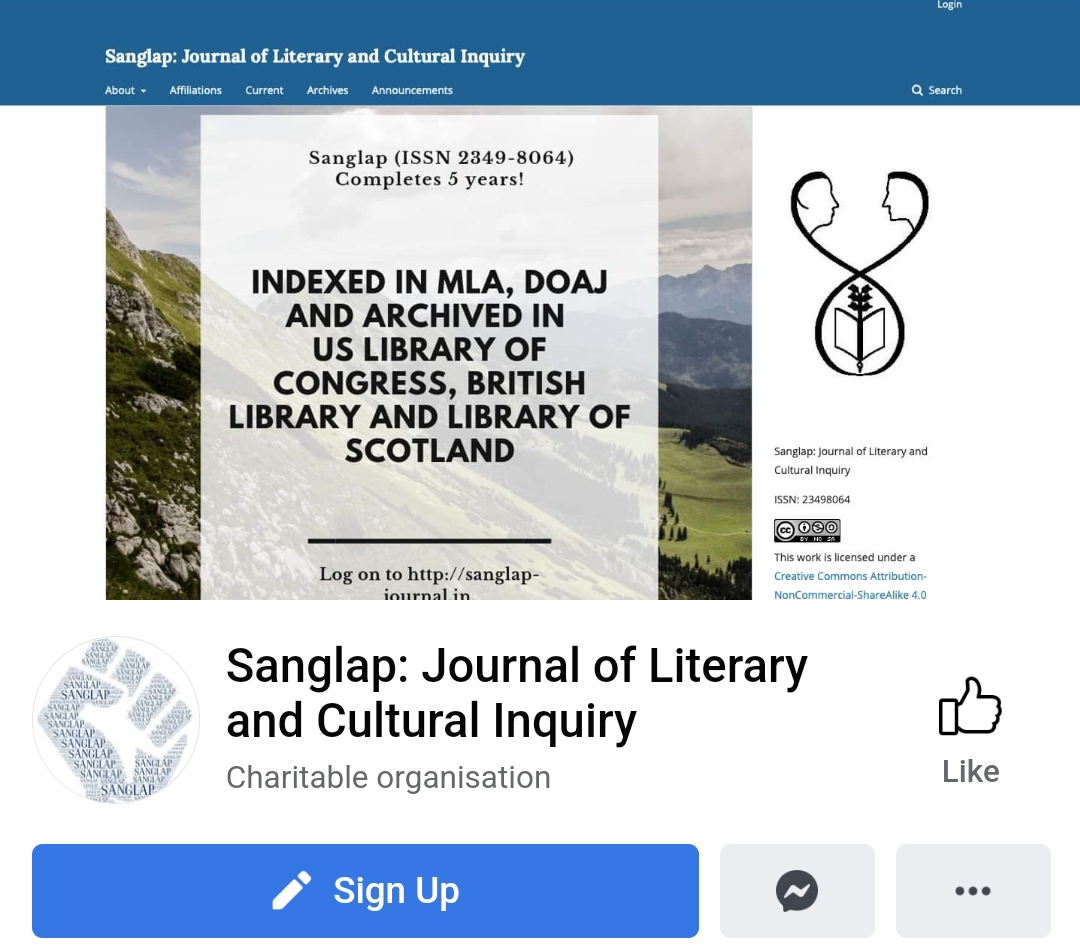James M. Cain and the Naturalistic Hardboiled
Keywords:
James Cain, Hardboiled, Naturalism, ThrillerAbstract
Even if James M. Cain’s novels are officially identified as “hardboiled,” they plumb the depths of Zolaesque naturalism beyond the shadow of a doubt. Cainian naturalism taps into the ideas of the Italian school of criminology while adding more recent viewpoints because the naturalistic work developed up to a new era, a period of impressive medical, psychological and sociological progress. Furthermore, hardboiled writers, even if they held fast to detective and Mafiosi stories, prepared the ground for a new representation of criminological-oriented art – professional criminals had started to make room for neophytes and empowered women. This paper points out the obvious similarities between European naturalism and American hardboiled. Characters are beasts in which ferocity always seems to be about to rouse. The downfalls often surface from overwhelming figures of authority. The ghosts of the victims, the lawyers or the boss stop the couples in their tracks. The passionate and bloody impetus they had stops dead. But they had previously been warned; naturalism and the hardboiled fiction disseminate omens. From Zola’s to Cain’s, storylines have fatalistic hues.





